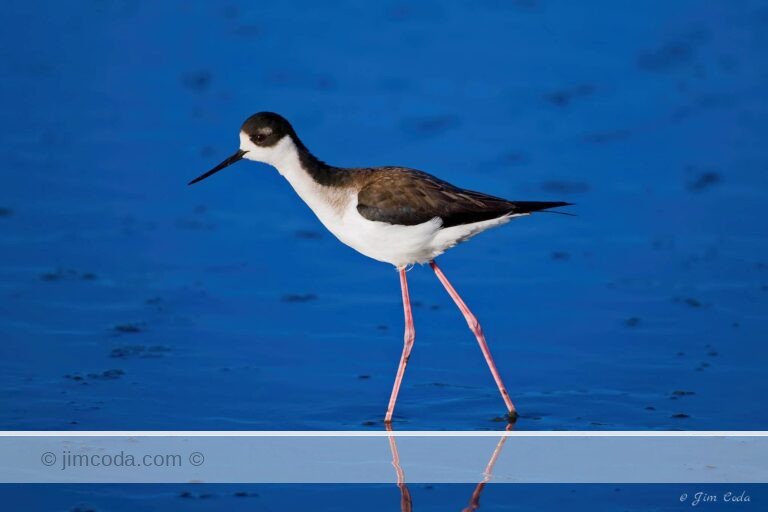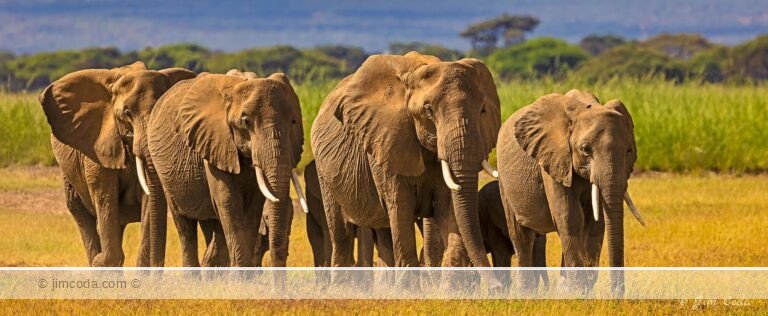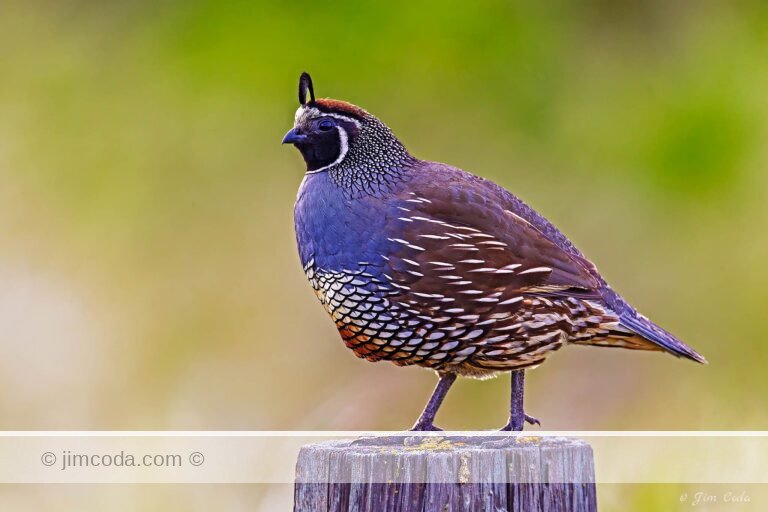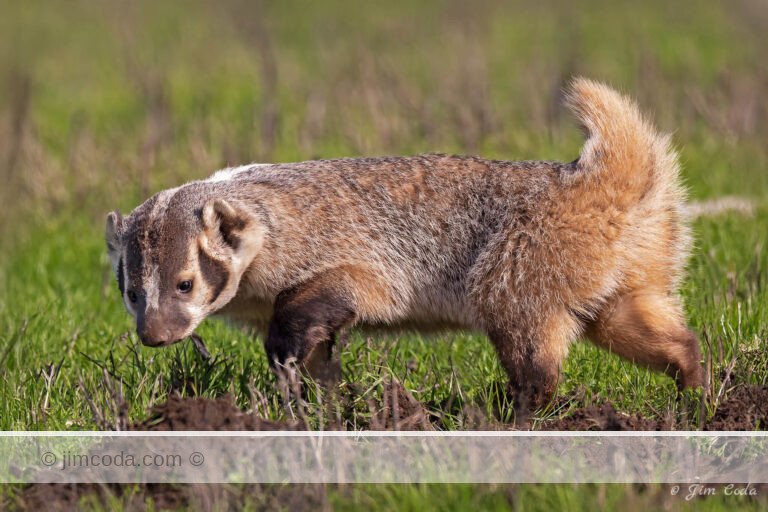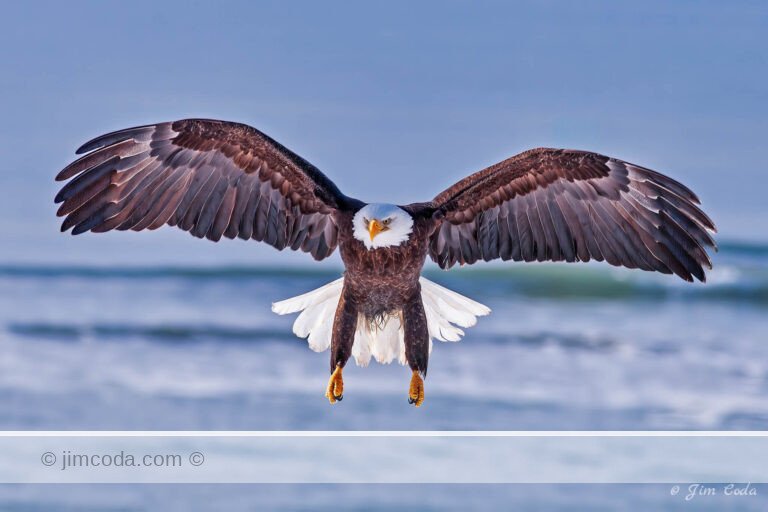Tag: wildlife
Ready for Takeoff!
After I posted the photo of the three eagles on September 11 I thought of another...
Heads Bowed
In memory of the tragic events that occurred nine years ago. May nothing like that ever...
I find hummers to be amazing birds because of their size, speed and maneuverability. According to Hummingbird...
Whenever the urge to go photographing hits me my first thought is where should I go? Recently, however,...
Several years ago I went flyfishing in Lake Almanor for smallmouth bass. As I rowed toward the dam...
Bird nesting is about over now. A couple of California quail families go through our yard every day. ...
A couple of years ago I was on the road to Pierce Point when all of the sudden the road became full of...
No articles found
Prints for sale
Browse my selection of photos for sale as fine art prints
Filter by category
Sorry, no prints in this category

